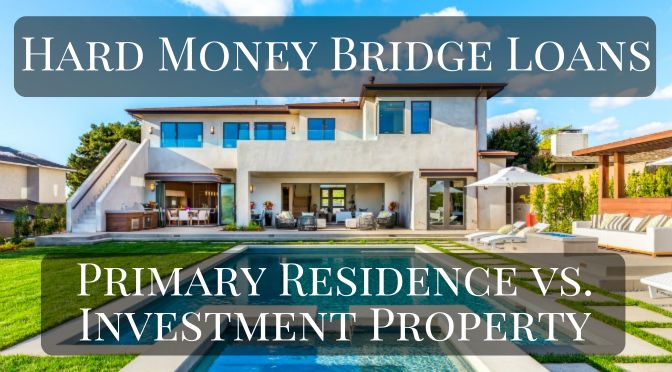
What are the Disadvantages of a Hard Money Loan?
The main advantages of hard money loans are known to most experienced real estate investors: fast and easy approvals and funding. While these and other benefits of hard money make them the go-to real estate funding option in many situations, there are disadvantages of hard money loans when compared to other types of financing.
1. Hard Money Loans Require Larger Down Payments
Hard money loans often require a down payment of at least 25-30% or maintaining 25-30% equity in a property that is already owned in the case of a refinance. Many bank loans require a lower down payment of 20% but some programs such as FHA will allow for much smaller down payments.
There are many hard money loan risks that lenders must accept when providing funding. These hard money loan risks include lending to borrowers with poor credit or recent issues on their record (foreclosures, bankruptcies, short sales, loan modifications, etc.). Requiring that the borrower contributes or maintains at least 25% equity in the property provides security for the hard money lender and ensures that the borrower has some skin the game. If the borrower has no equity in the real estate it may be an easier decision to walk away from the property and leave the hard money lender with a mess if something goes wrong with the property.
Some high risk money lenders may provide hard money loans to borrowers that require no money down and this can be a recipe for disaster. Lenders who provide After Repair Value (ARV) financing for fix and flip or rehab loans may end up financing 100% of the purchase price or more.
This type of risky hard money lending leaves the hard money lender with little to no security of their investment. If something goes wrong with the project the borrower may be forced to let the hard money lender foreclose or provide the lender with a deed in lieu of foreclosure. It is likely that many of these type of high risk money lenders will not be around in the next real estate cycle.
2. Hard Money Loans have Higher Interest Rates
The main disadvantage of hard money for borrowers is the higher interest rate. Hard money loan interest rates will always be higher than a prime interest rate from a conventional lender such as a bank or credit union. Hard money interest rates for a 1st are typically 8-11%. Interest rates for hard money 2nds are commonly in the range of 10-12%.
The higher hard money loan interest rates reflect the increased risk the lender is accepting by funding the loan. Hard money lenders do not require full documentation on the borrower’s income and credit history which can be seen as an increased risk factor.
Hard money loans for residential property will have an interest rate that is higher than what a borrower with excellent credit and no issues on their record could obtain from the bank. While hard money interest rates are higher, hard money loans are intended for short-term use only.
3. Hard Money Loans are for Short-Term Use Only
Another disadvantage of hard money loans is that they are only available for short terms. Most hard money loans are written for a term of 1-3 years. The longer the loan term the more risk the hard money lender is accepting as it isn’t known what interest rates will be at the end of the term. The longer the loan term, the greater the uncertainty of where rates will end up.
If interest rates decrease, the borrower can refinance the loan to the lower current interest rate. If interest rates increase, the borrower can keep the original interest rate loan and the hard money lender must wait until the loan becomes due. As the hard money lender waits for the loan to become due, the lender’s trust deed investment yields less than what they would be able to obtain on a new loan at current hard money loan interest rates. This represents an opportunity risk to the hard money lender and thus encourages them to only offer short-term hard money loans.















